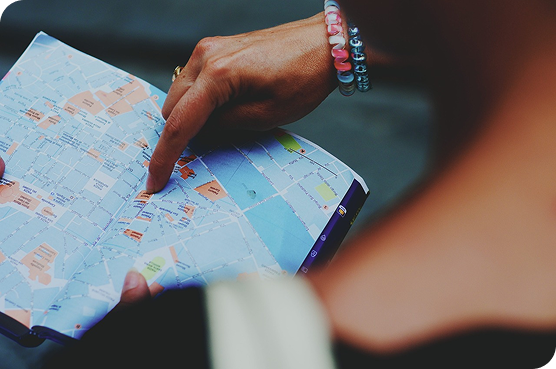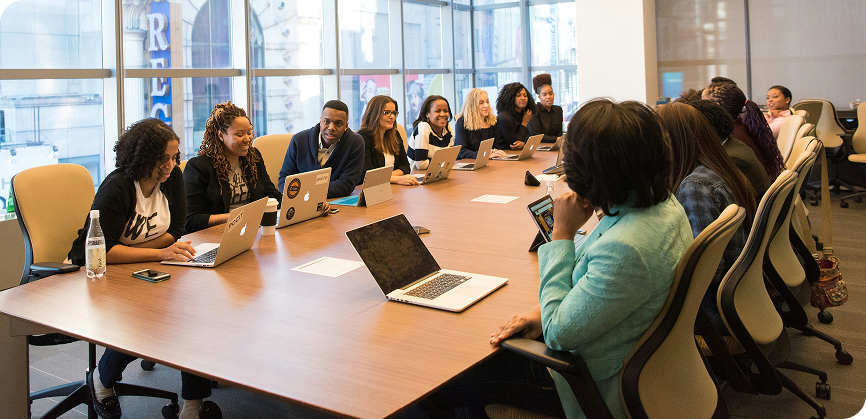Projects
Project 1 – Practical Handbook for Accessibility Audits
Project 2 – Science and Tech for Young Students
Project 3 – Cultural Integration Guide
Project 4 – Accessibility Needs Research Guide
At the University of Strasbourg, we are proud to lead and contribute to a range of BIP Digital Accessibility Projects that promote inclusive digital communication and learning environments. These projects, developed as part of the Erasmus+ Blended Intensive Programme (BIP), focus on improving accessibility in digital spaces through innovative, collaborative, and international initiatives. From creating accessibility audit handbooks to designing interactive science tutorials, our BIP digital accessibility projects bring together students, educators, and researchers to tackle real-world challenges and build a more accessible digital future.
Project 1
Practical Handbook for Accessibility Audits

This two-day interactive workshop focuses on developing an Accessibility Audit Handbook that universities can use to assess the accessibility of their programme pages. Participants will take part in hands-on activities, group discussions, and empathy exercises. These sessions will help define key audit criteria and build the first version of the guide.
On Day 1, attendees will explore core accessibility principles. They will also experience real-world barriers and identify essential audit categories, such as text readability, navigation, and multimedia accessibility. On Day 2, the focus will shift to building the handbook. Participants will select the most effective tools, refine the structure, and collaborate on content, design, and project management. By the end of the workshop, participants will have created a practical, user-friendly guide. This resource will help improve accessibility in academic web content.
See the Workshop Results: Practical Handbook for Accessibility Audits
Project 2
Science and Tech Guide for Young Students
This project aims to make science and technology more engaging and accessible for younger students. It does so through an interactive tutorial presented as a video-based or web-based guide. To achieve this, the team will identify scientific topics with strong social impact. These topics will then be introduced using animations, quizzes, and other interactive elements. As a result, the project fosters curiosity and deeper understanding among young learners.

In addition, the tutorial will be developed with input from engineering students. It will feature clear, engaging language and multimedia content, such as videos and infographics. These tools will help make complex concepts easier to grasp. Finally, the prototype will be tested with students to ensure it effectively sparks interest in science and technology.
Discover the Video Guide Created for the Science and Tech Guide for Young Students Project
Project 3
Cultural Integration Guide

With a focus on inclusivity, this project seeks to design an interactive, culturally sensitive guide that helps international students adapt to their new environment while fostering understanding between local and international communities. The guide will incorporate visually engaging elements, maps, and essential cultural information to provide a comprehensive view of local traditions, etiquette, and points of interest such as museums, bookstores, and local artisans.
Using color coding and an icon system, it will present cultural pathways in an accessible and engaging format.Developed as a website or app, the prototype will feature multilingual support and text-to-speech functionality to ensure accessibility for a diverse audience. Through research, multimedia content creation, and testing, the project aims to create a practical, user-friendly tool that offers international students a seamless introduction to their new cultural environment.
Navigate the Cultural Integration Guide: A Digital Tool for Cultural Inclusion
Project 4
Accessibility Needs Research Guide
This project focuses on developing a practical guide for improving web accessibility in academic settings by understanding the needs of users with disabilities or special needs. Through structured research, the project will assess usability expectations, evaluate website effectiveness, and explore strategies to enhance accessibility in key areas like navigation, alternative text, and form completion. A team of technical writers, digital marketing experts, and localizers will collaborate to create an engaging, multilingual guide, supported by interactive multimedia.
The guide will undergo user testing with diverse student groups to refine its usability and effectiveness before finalization. The deliverables will include a comprehensive PDF guide and accompanying instructional videos, ensuring accessibility best practices are clearly communicated and widely applicable.

Discover the Practical Resources Created for the Accessibility Needs Research Guide
